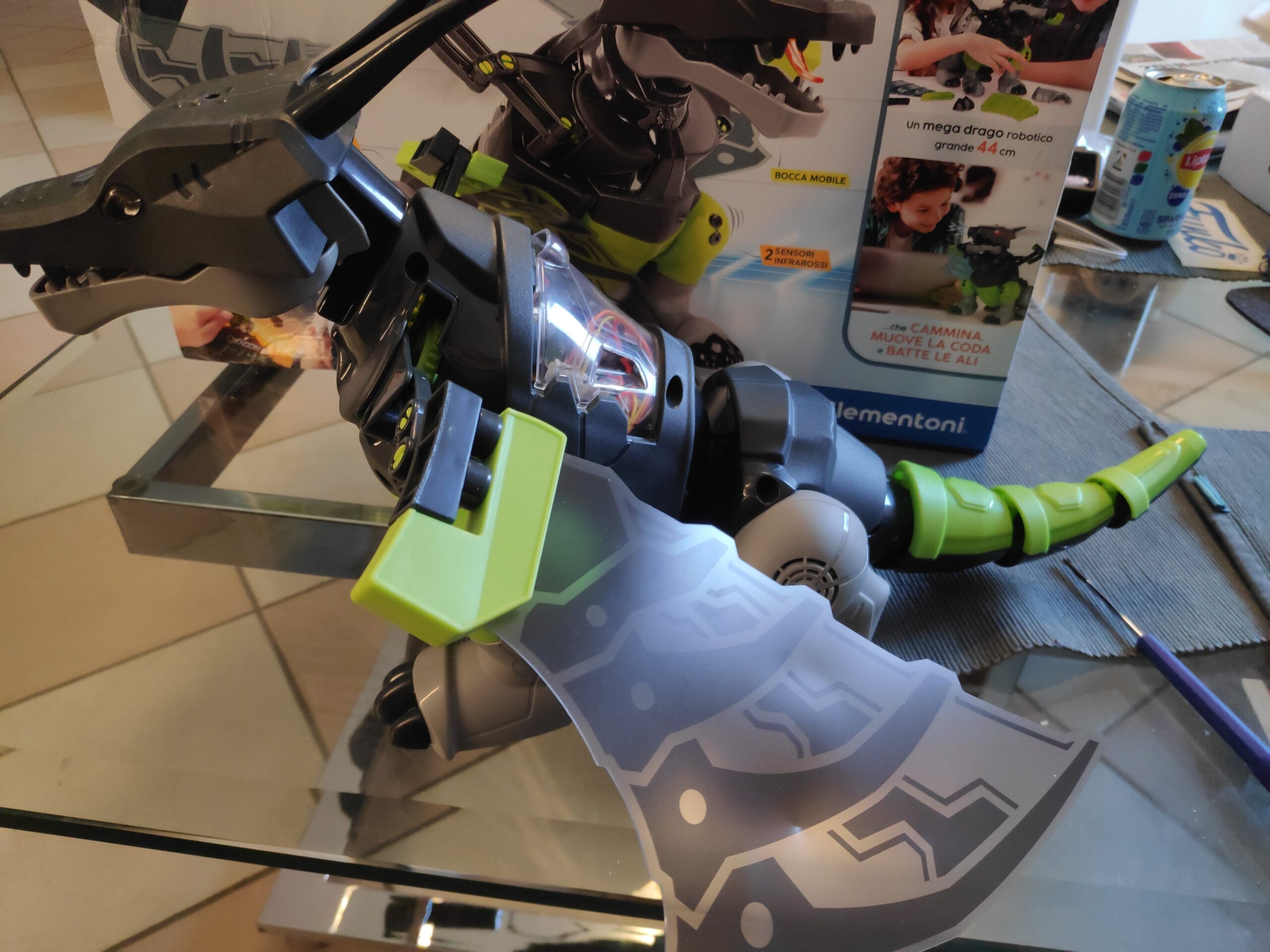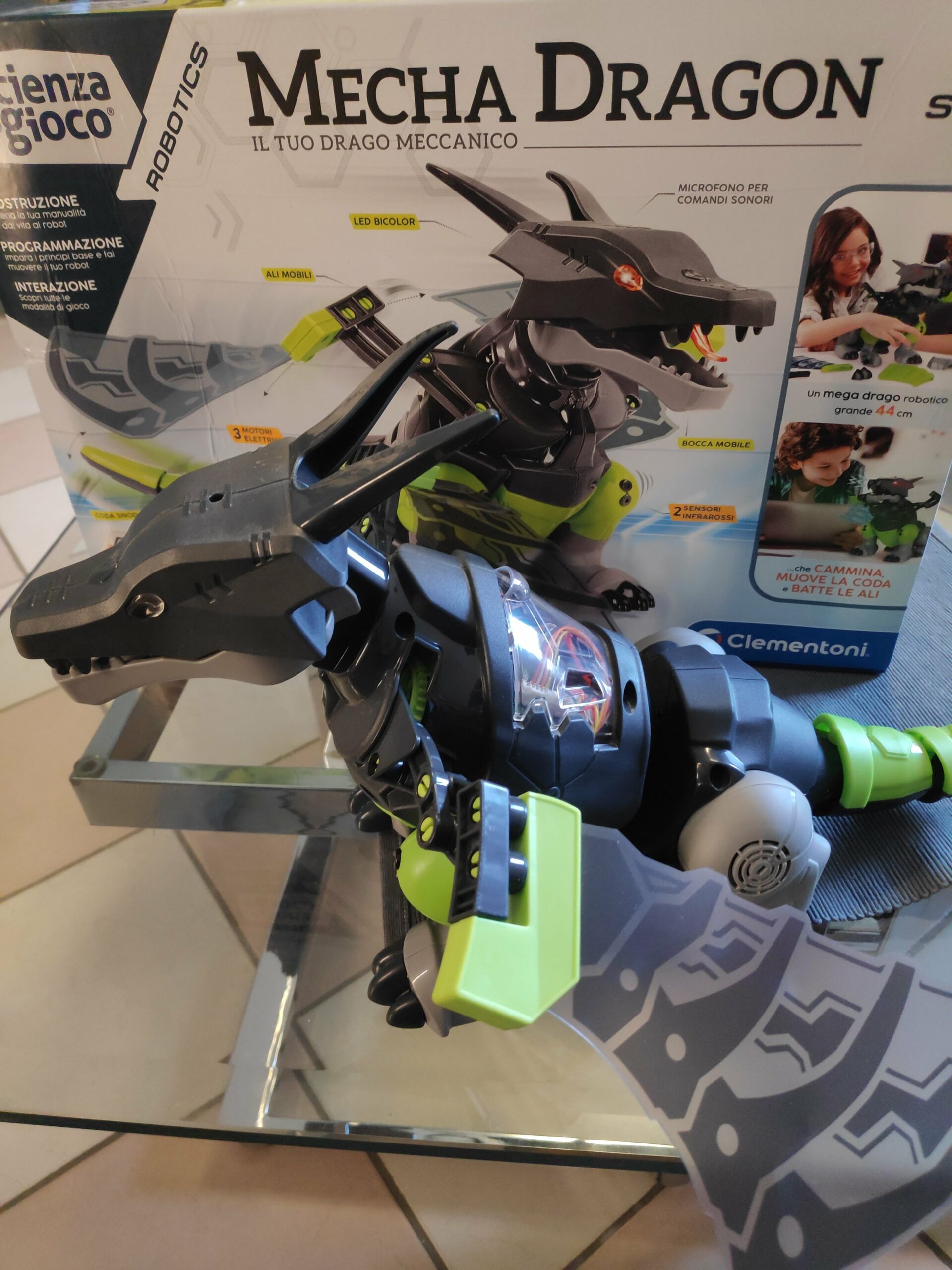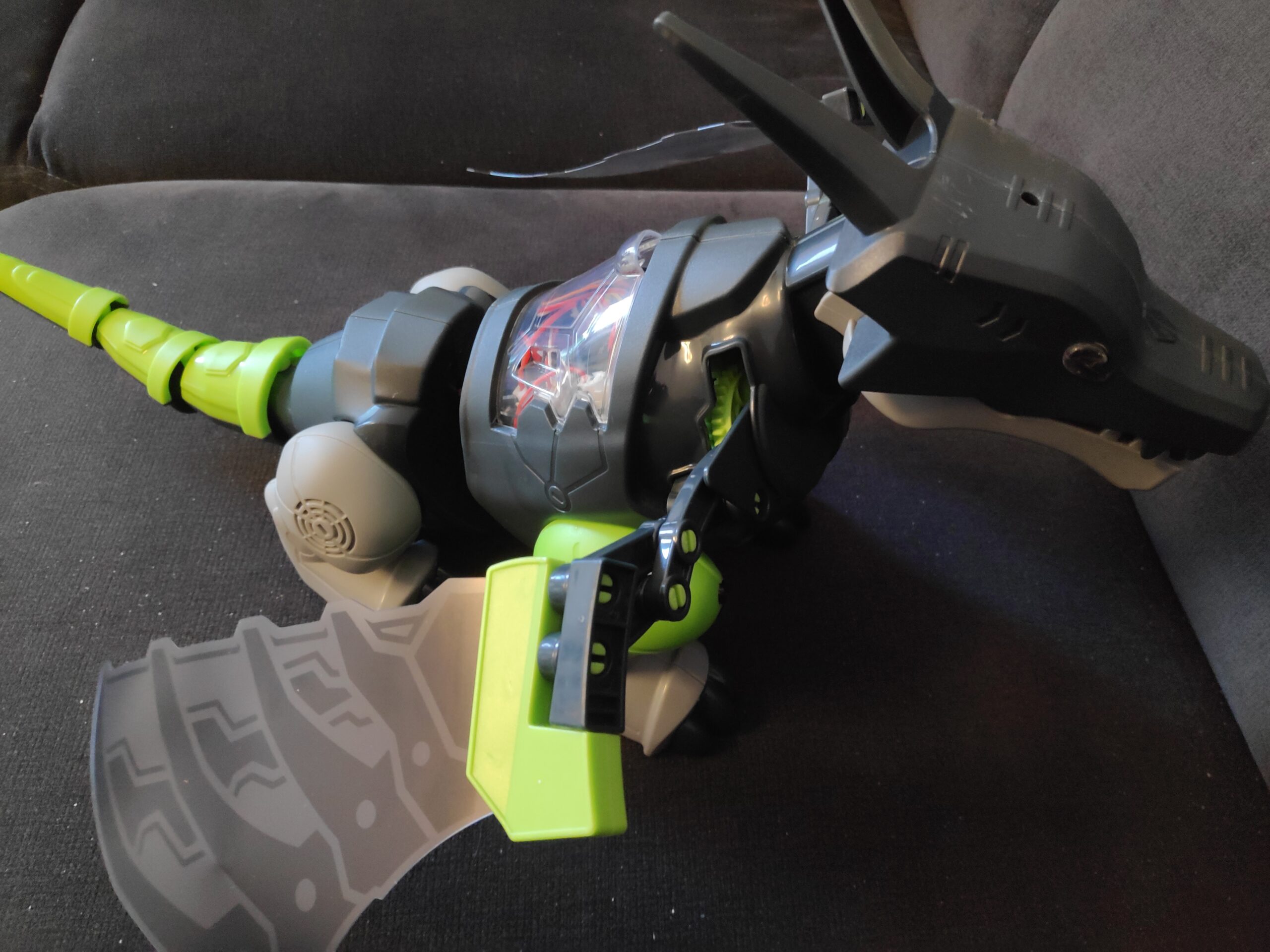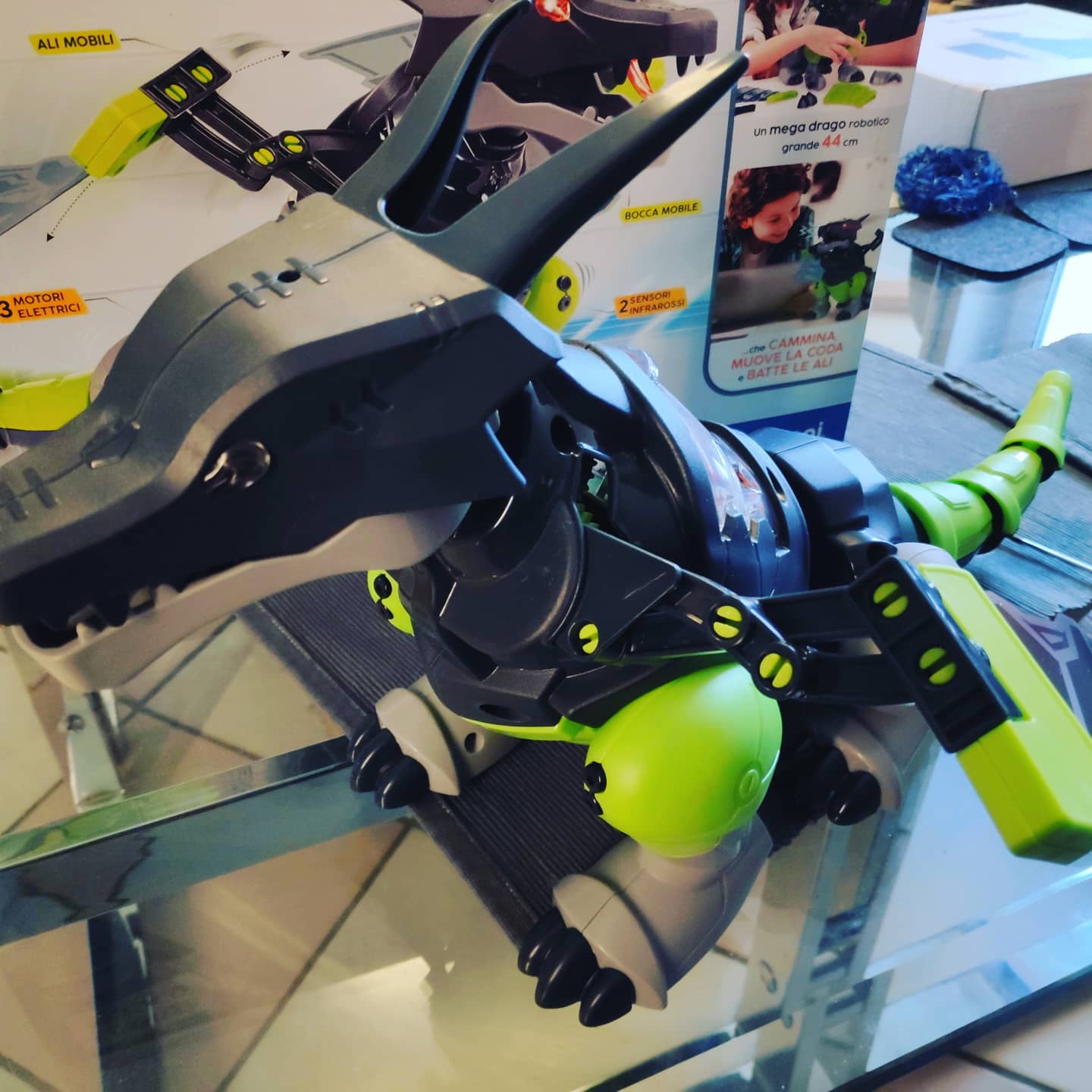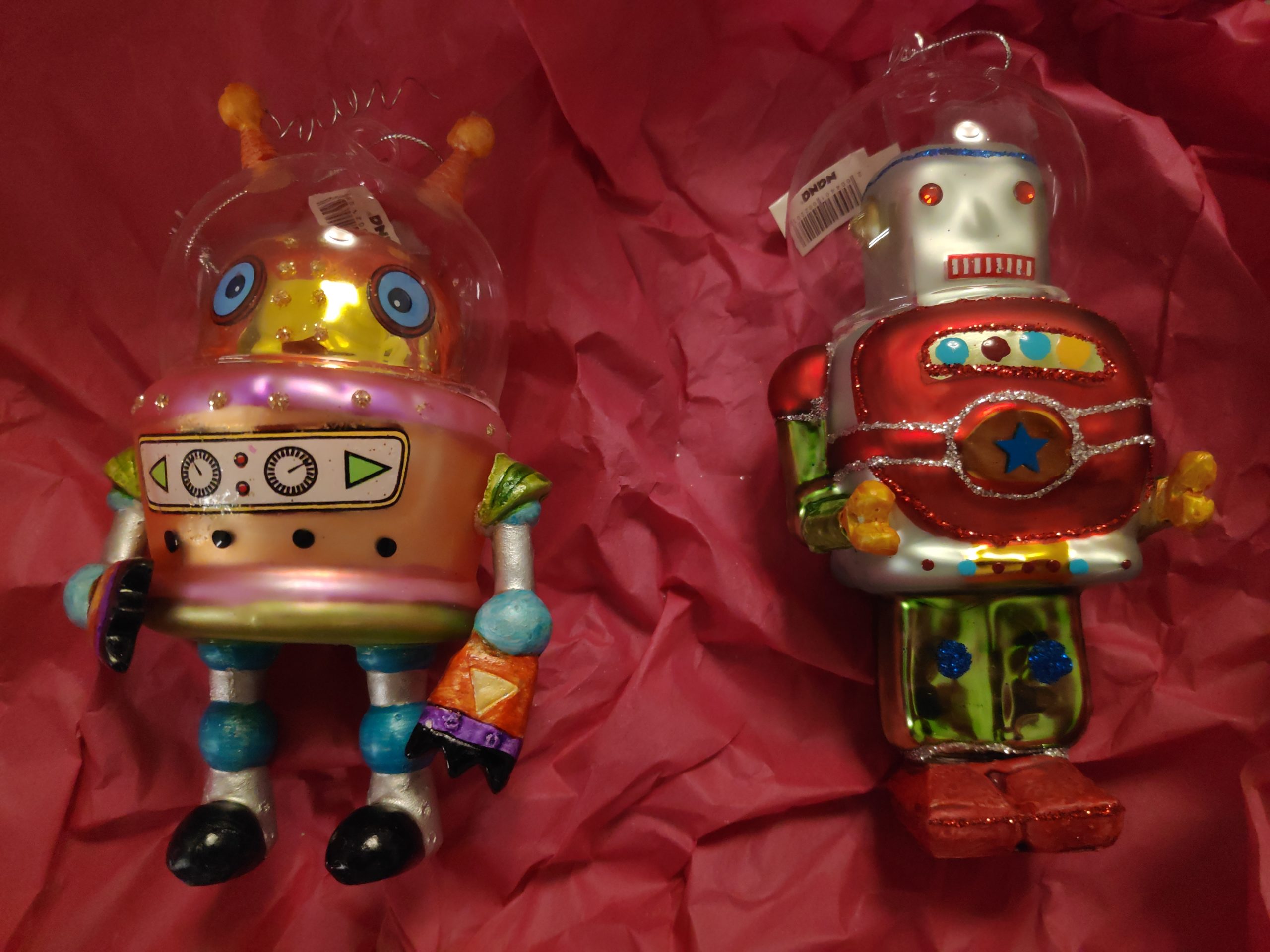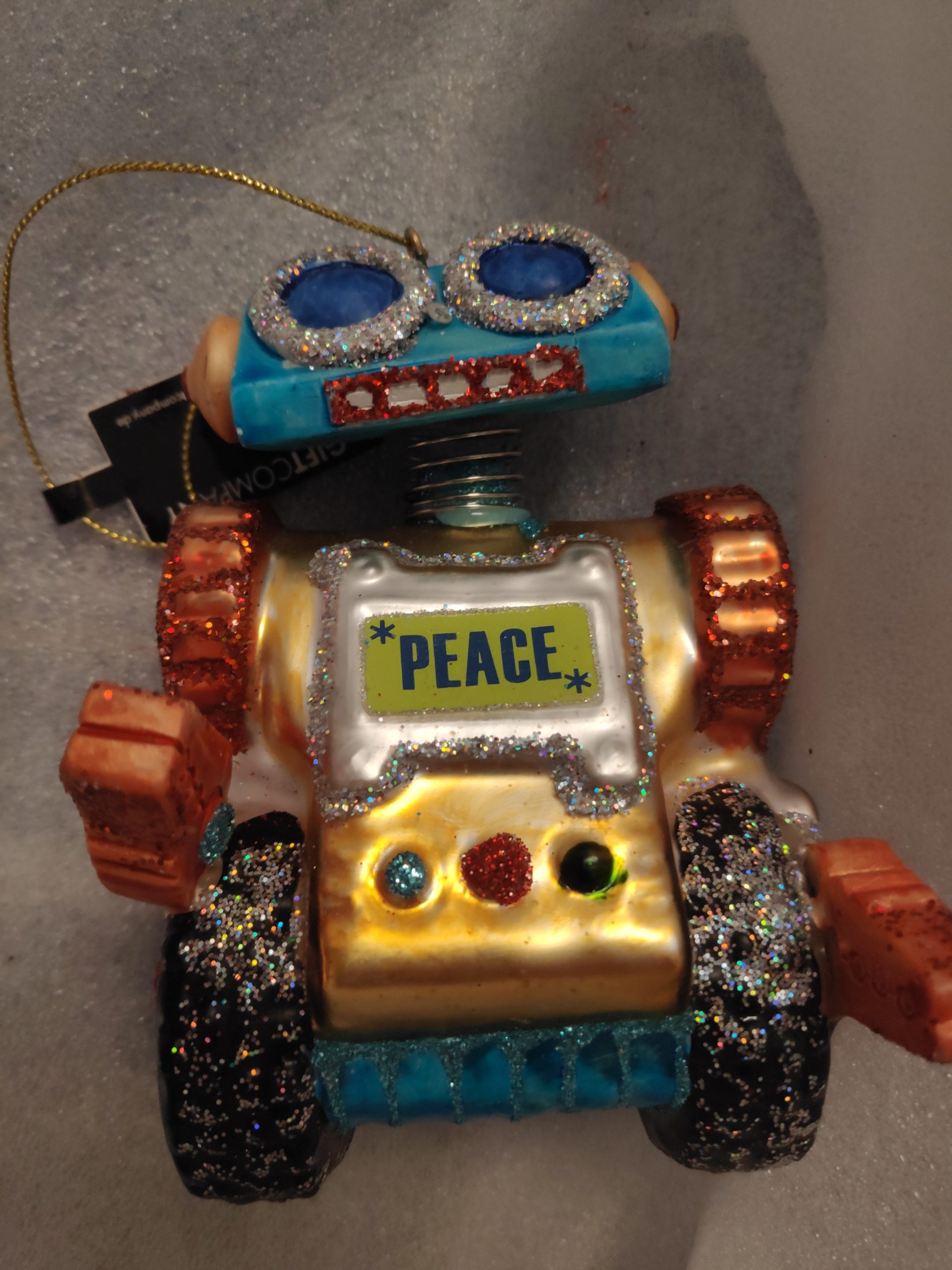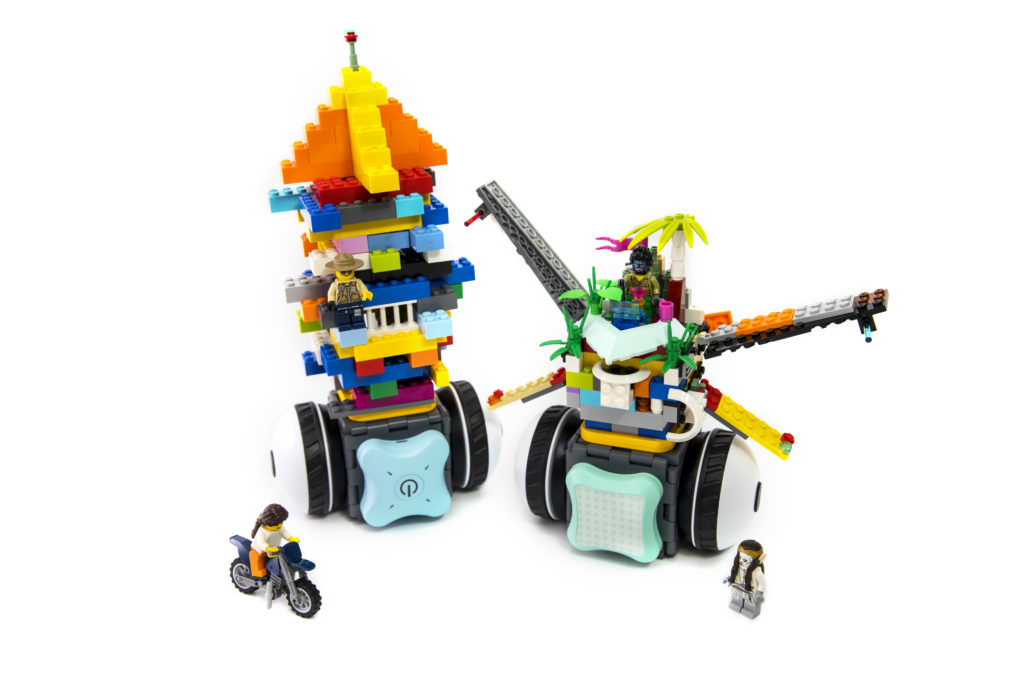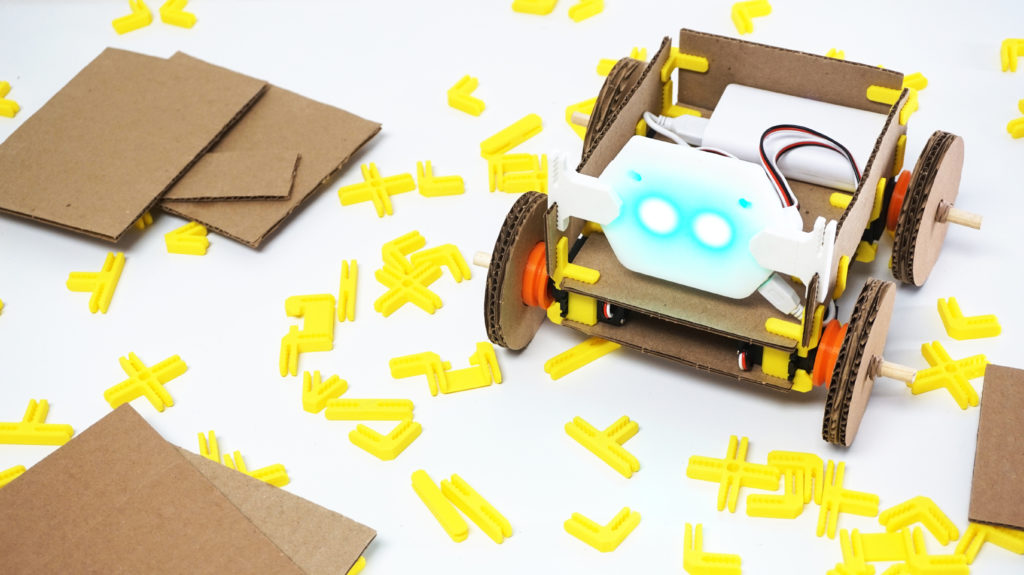Stretch is designed to make warehouse operations safer and more efficient
Waltham, MA – March 29, 2021 – Boston Dynamics, the global leader in mobile robotics, has revealed Stretch, its new box-moving robot designed to support the growing demand for flexible automation solutions in the logistics industry. This debut marks the company’s official entrance into warehouse automation, a fast-growing market fueled by increased demand in e-commerce.
Stretch is Boston Dynamics’ first commercial robot specifically designed for warehouse facilities and distribution centers, of which there are more than 150,000 globally, according to analysts. The multi-purpose mobile robot is designed to tackle a number of tasks where rapid box moving is required, first starting with truck unloading and later expanding into order building. Stretch’s technology builds upon Boston Dynamics’ decades of advancements in robotics to create a flexible, easily-integrated solution that can work in any warehouse to increase their flow of goods, improve employee safety in physically difficult tasks and lower expensive fixed automation costs.
The robot’s small, omni-directional mobile base allows Stretch to navigate loading docks, maneuver in tight spaces and adapt to changing facility layouts, eliminating the need for costly fixed automation infrastructure. It is equipped with a custom-designed lightweight arm and a smart-gripper with advanced sensing and controls that can handle a large variety of boxed and shrink wrapped cases. Stretch also includes Boston Dynamics’ computer vision technology that enables it to identify boxes easily and without extensive training for each customer. Its vision system works in tandem with pick & place activity, enabling high pick rates.
Traditional warehouse automation approaches require either installation of fixed infrastructure or mobile robots that convey goods but struggle to meet productivity requirements to be an attractive investment for warehouse operators. Stretch offers logistics providers an easier path to automation by working within existing warehouse spaces and operations, without requiring costly reconfiguration or investments in new fixed infrastructure.
“Warehouses are struggling to meet rapidly increasing demand as the world relies more on just-in-time delivery of goods,” said Robert Playter, CEO of Boston Dynamics. “Mobile robots enable the flexible movement of materials and improve working conditions for employees. Stretch combines Boston Dynamics’ advancements in mobility, perception and manipulation to tackle the most challenging, injury-prone case-handling tasks, and we’re excited to see it put to work.”
Boston Dynamics is currently seeking customers to pilot test deployment of Stretch with truck unloading tasks ahead of its commercial deployment in 2022. Interested parties can apply to join the Stretch Early Adopter Program by visiting: https://www.bostondynamics.com/stretch
About Boston Dynamics
Boston Dynamics is the global leader in developing and deploying highly mobile robots capable of tackling the toughest robotics challenges. Our core mission is to lead the creation and delivery of robots with advanced mobility, dexterity, and intelligence that add value in unstructured or hard-to-traverse spaces and positively impact society. We create high-performance robots equipped with perception, navigation and intelligence by combining the principles of dynamic control with sophisticated mechanical designs, cutting-edge electronics, and next-generation software. We have three mobile robots in our portfolio – Spot®, Stretch™ and Atlas® – as well as Pick™, a machine learning vision solution for warehouse automation. Founded in 1992, Boston Dynamics spun out of the MIT Leg Lab and is one of Inc. Magazine’s Best Workplaces of 2020. For more information on our company and its technologies, please visit www.bostondynamics.com.



















